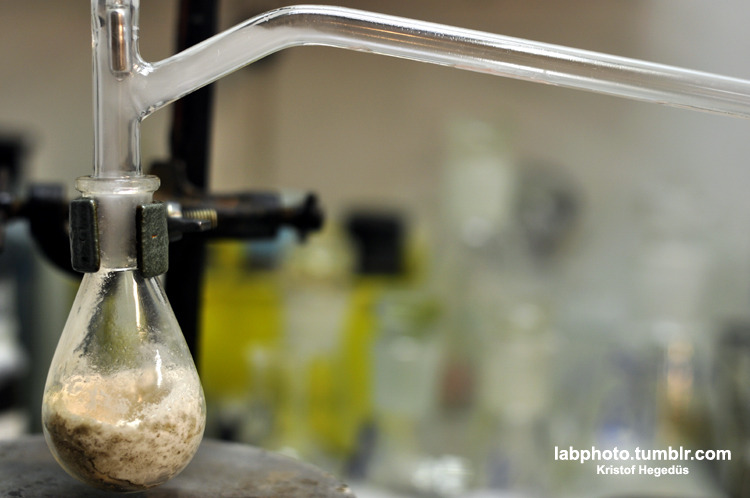

Quote: Originally posted by Cheddite Cheese  |

 "Safe" being relative of course, these gases are simple asphyxiants.
"Safe" being relative of course, these gases are simple asphyxiants.Quote: Originally posted by woelen  |

Quote: Originally posted by Glucose Oxidase  |
| Quote: |
Quote: Originally posted by garage chemist  |
Quote: Originally posted by garage chemist  |

Quote: Originally posted by DraconicAcid  |